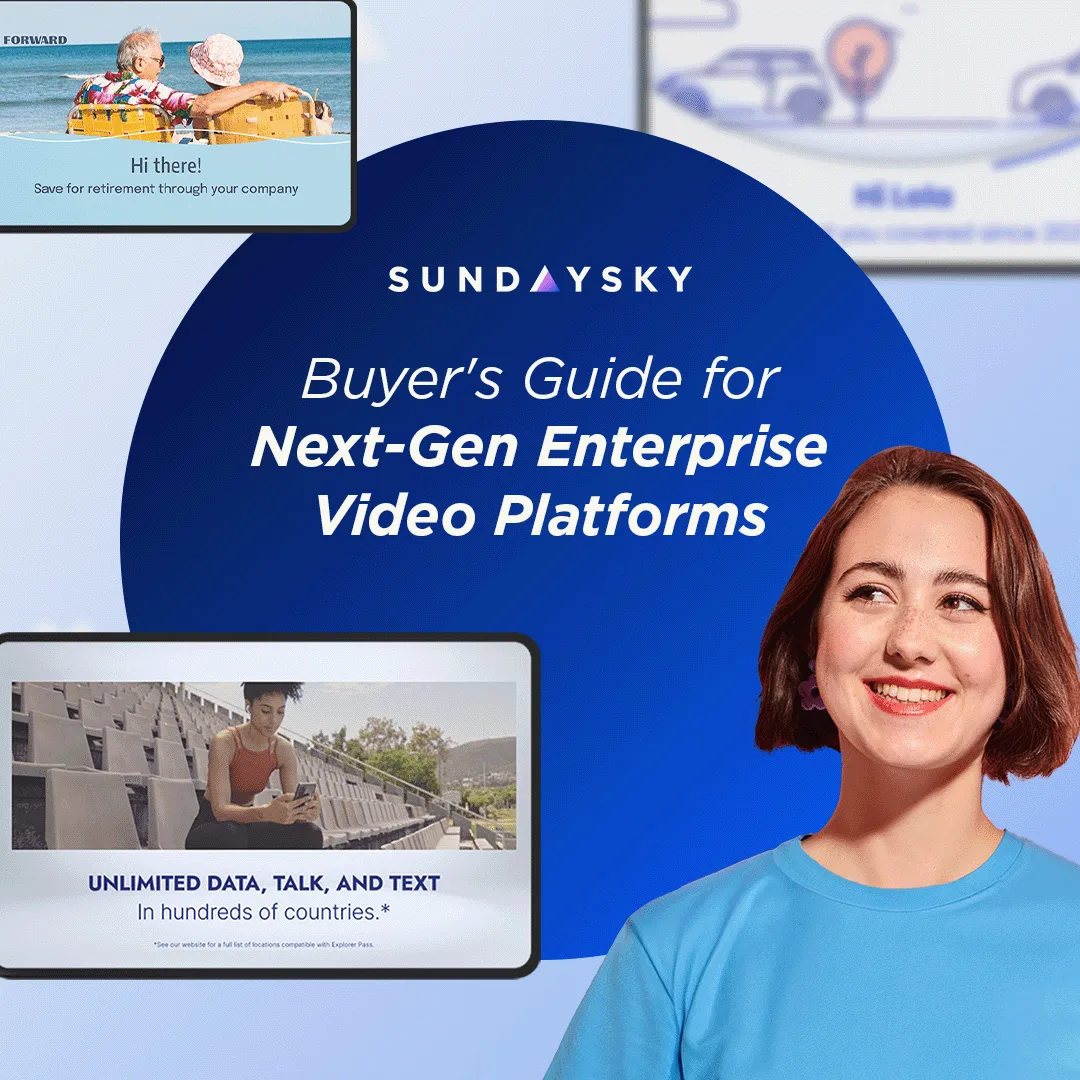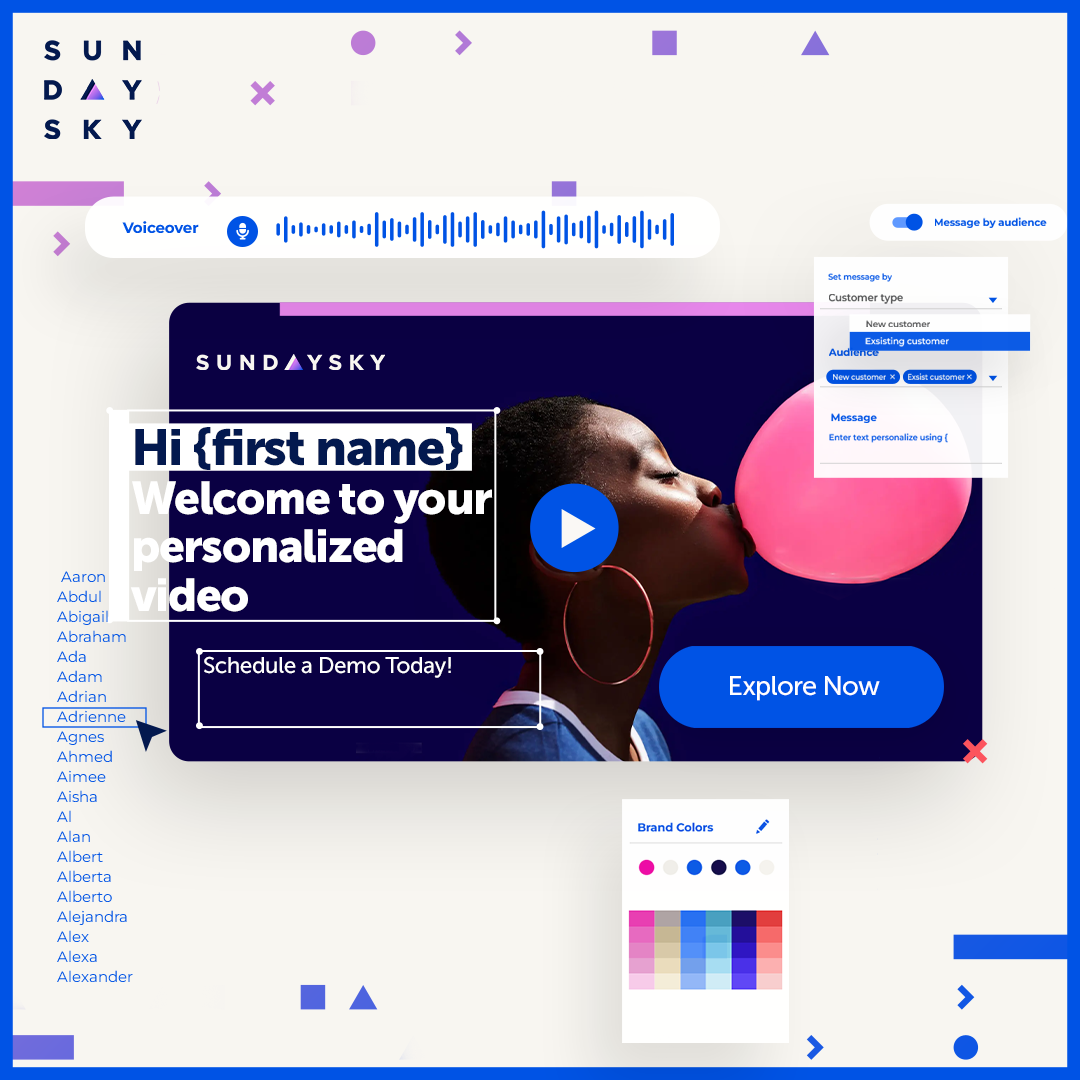Direct-to-consumer brands are completely changing consumer expectations when it comes to shopping for anything from mattresses to glasses. But how are they doing it?
One answer could be that they’re dominating search results, playing the Instagram influencer game like they created it, and using highly-targeted paid social advertising to grow their audiences quickly. Essentially, these brands are achieving total saturation in their markets quickly by knowing how to perform well in the digital world, but awareness isn’t the sole proprietor of these brands’ success.
Most of these brands only sell a handful of different products, and many just one. One could argue it’s their way of breaking through the noise that comes with the oversaturation of content in today’s digital environment. With giants like Walmart and Amazon offering catalogues as large as the world’s oceans, these direct-to-consumer brands are realizing that the best way to truly distinguish themselves, and their products, is to remove the friction the consumer experiences along their journey to purchase. In other words, these brands are selling seamless, personalized customer experiences around their products, and not just the products themselves.
Personalized customer experiences are a leading business driver in today’s market.
The Casper business model originally started around the idea that going to a mattress store, selecting a mattress, and getting it back home to your bedroom was too complicated of an endeavor for anyone to come out of it unscathed. They wanted to create a single mattress that is comfortable for everyone, and that was able to be quickly delivered after a simple transaction. Allbirds built a similar business model in that they minimized the variation in their sneakers to just color, at first, in order to make the shoe selection process as simple as possible. They added onto this the experience of being environmentally conscious by building their brand around the concept that their shoes are made in as environmentally-friendly of a way as possible. This not only allotted customers a painless experience but gave them the value of contributing to a cause they feel passionately about. Finally, Warby Parker wanted to do the impossible by taking the eyeglass store completely digital. They accomplished this by making it possible for customers to “try on” frames via uploaded selfies that could have the glasses digitally layered onto them. In addition to the digital “try-on” tool, Warby Parker makes the process of being delivered, trying on, and returning glasses as easy as possible. How’s that for a personalized customer experience that adds value?

- Example of one of Warby Parker’s personalized customer experiences.
Successful direct-to-consumer companies, for the most part, approach quality from an entirely different direction. Rather than catering to different preferences (here’s a cheaper pair of shoes with these features and a more expensive pair with these features) they cater to the desire for convenience. By removing the hassle that it usually takes to purchase and receive these products these brands are able to not only enter spaces with established behemoths that dominate the market but they are even able to conquer these markets. So, if personalized customer experiences are the foundation of the success of these brands then how can they translate that directly into their customer engagement and marketing strategies?
Personalized video is the ideal customer engagement tool for direct to consumer brands.
In today’s world, brands are able to take their consumer data and turn it into valuable insights they can use to attract and engage with their prospects and customers. When you combine this capability with the power of video you’re delivering a highly engaging one-to-one communication that directly mirrors the values of the direct to consumer movement. Some of the ways personalized video-powered experiences reflects the values of direct to consumer brands includes:
- Personalized video utilizes the same agile philosophy that direct to consumer brands embrace by breaking every detail of a video into modular pieces that can quickly be tested and replaced throughout the process. This increases the shelf life of the videos and decreases both the production costs and the man-days it takes to optimize.
- Personalized videos are built around the concept of making things easier for the viewer, according to data, in the same way that direct to consumer experiences are built for ease, also using data. Providing relevant, seamless experiences to today’s connected consumer is often as valuable as the product itself; personalized videos inherently accomplish this.
- Personalized video evokes emotional responses more so than of its customer engagement strategy counterparts. Much like Allbirds’ environmental conservation mission is built around turning consumerism into action, personalized videos are designed to provide direct value to consumers in order to inspire them to take action.
- Personalized video marries brand messaging with performance marketing unlike any other customer engagement tool. By being tied directly to data, personalized videos are easily attributed with performance metrics that drive real business value, which is important for direct to consumer marketing teams who move mountains with small teams and limited budgets. Who has time for siloed brand messaging these days?
Video-powered experiences are the future of leading direct-to-consumer experiences.
As you can see, video-powered experiences and direct-to-consumer brands go together like tacos and Tuesday; they just do! By implementing personalized video into their marketing strategy, DTC brands can practice what they preach by implementing testing frameworks into each touchpoint for seamless optimization, lessening the load on both their customers and their employees with intricate video engagements that eliminate pain points, measuring both brand and business impact across every touchpoint, and, of course, eliciting genuine emotions from their customers. It’s only a matter of time until the leading direct to consumer brands are separated from the others via a single strategy: VX.




